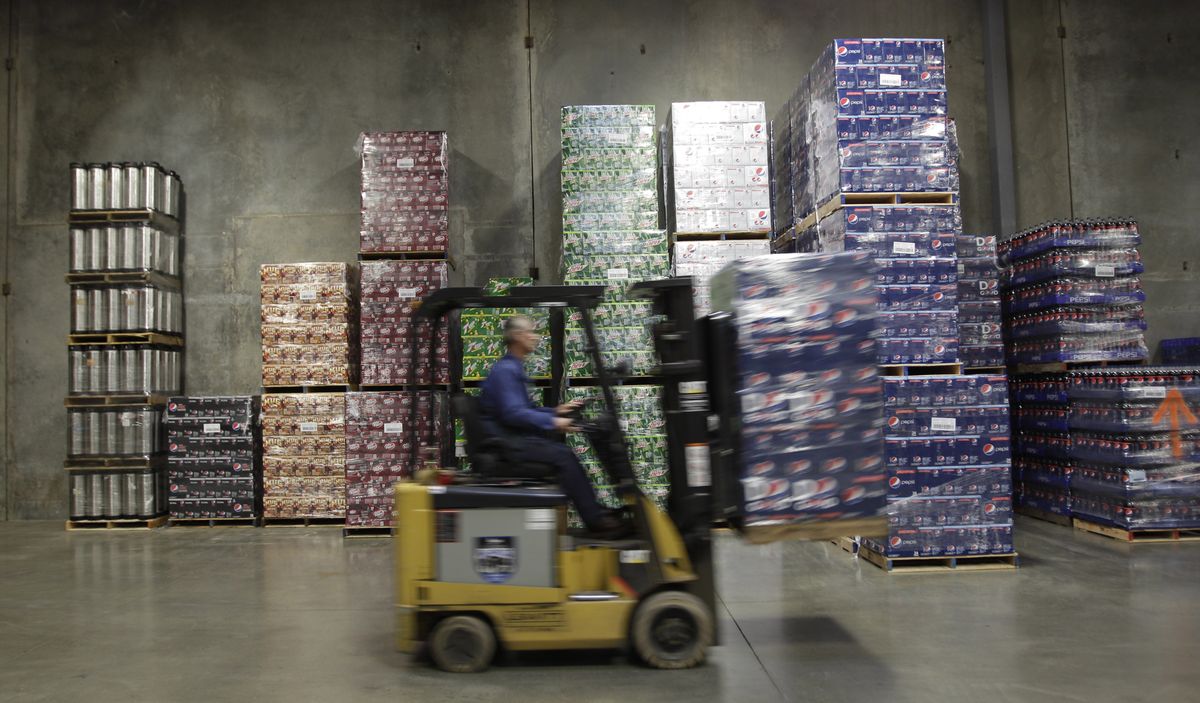Soda industry puts up fight as state considers tax
Soft drink tax turns Washington into battleground

OLYMPIA – Washington state consumers started paying more for soda, candy and gum this year amid a nationwide push to impose higher taxes on sugary foods. But the soft drink industry is fighting back.
The industry has spent more than $14 million and counting to overturn the Washington tax in a November ballot measure, hoping to stop the movement dead in its tracks here and send a powerful message to states contemplating similar efforts.
Several states considered raising taxes on candy and soda this year, but those efforts only gained traction in Colorado and Washington. Congress briefly considered a soda tax as part of health care reform, but the idea was dropped after heavy lobbying and spending by the soda industry and other groups.
Opponents of the Washington tax responded by gathering enough signatures to get a measure on the ballot seeking to overturn the law. The American Beverage Association, whose members include Coca-Cola Co., PepsiCo Inc. and Dr Pepper Snapple Group Inc., has played a big role in the effort, demonstrating yet again the political muscle of the soft drink lobby.
“This is about large soda companies coming into our state and trying to get a tax break,” said Celia Schorr, spokeswoman for the No on I-1107 campaign. “I really, really doubt that the American Beverage Association put more than $14 million in Washington because they’re worried about how much Washingtonians pay in taxes.”
Opponents outspent
The “no” campaign, which comprises a coalition of unions, community health groups and other advocacy groups, has only raised about $340,000.
The American Beverage Association refused several interview requests by the Associated Press. But Tim Martin, the president of Harbor Pacific Bottling in Elma, said that while the money is coming from out of state, it’s representing thousands of state businesses like his who are members of the national association and are affected by the new taxes.
“I don’t think any industry should be singled out for targeted taxes,” he said. “When you start picking out different industries or different products to tax, then where does it stop?”
Will fight soda taxes
More than 30 states have some form of soda tax, averaging about 5 cents per dollar of soda. Raising those taxes has become a popular option for lawmakers as they face giant deficits and get the added benefit of discouraging people from consuming unhealthy foods.
But the industry has made clear it will fight all soda tax efforts.
At a conference held by trade publication Beverage Digest this summer, the chief financial officer of Coca-Cola said the soft drink industry has to work together to make sure proposed soda taxes never come to pass.
Gary Fayard said that even though shoppers will continue to buy soft drinks if the price goes up, the industry’s profits would be hurt.
“We’re an easy target as an industry, and this is one where we’re all going to have to pull together and work diligently because it’s a threat,” Fayard said.
In July, Washington bottlers started paying a 2-cent excise tax per 12-ounce bottle or can, with the first $10 million of business exempted from the tax. Martin said the tax increase simply gets passed down to customers, who ultimately pay more than 2 cents extra per can of soda.
More than soda
In addition to the soda tax, candy and gum is now subject to the state’s 6.5 percent sales tax, with a tax credit tied to jobs for candy manufacturers with employees in the state. Bottled water is also now subject to the sales tax. Business and occupation taxes were also raised on the makers of some processed foods.
The taxes are expected to bring the state $352 million over five years, with local governments set to receive about $89 million over that same time.
I-1107 seeks to repeal the tax on carbonated beverages and bottled water, the sales tax on candy and gum, and to reduce business and occupation rates for some food processors.